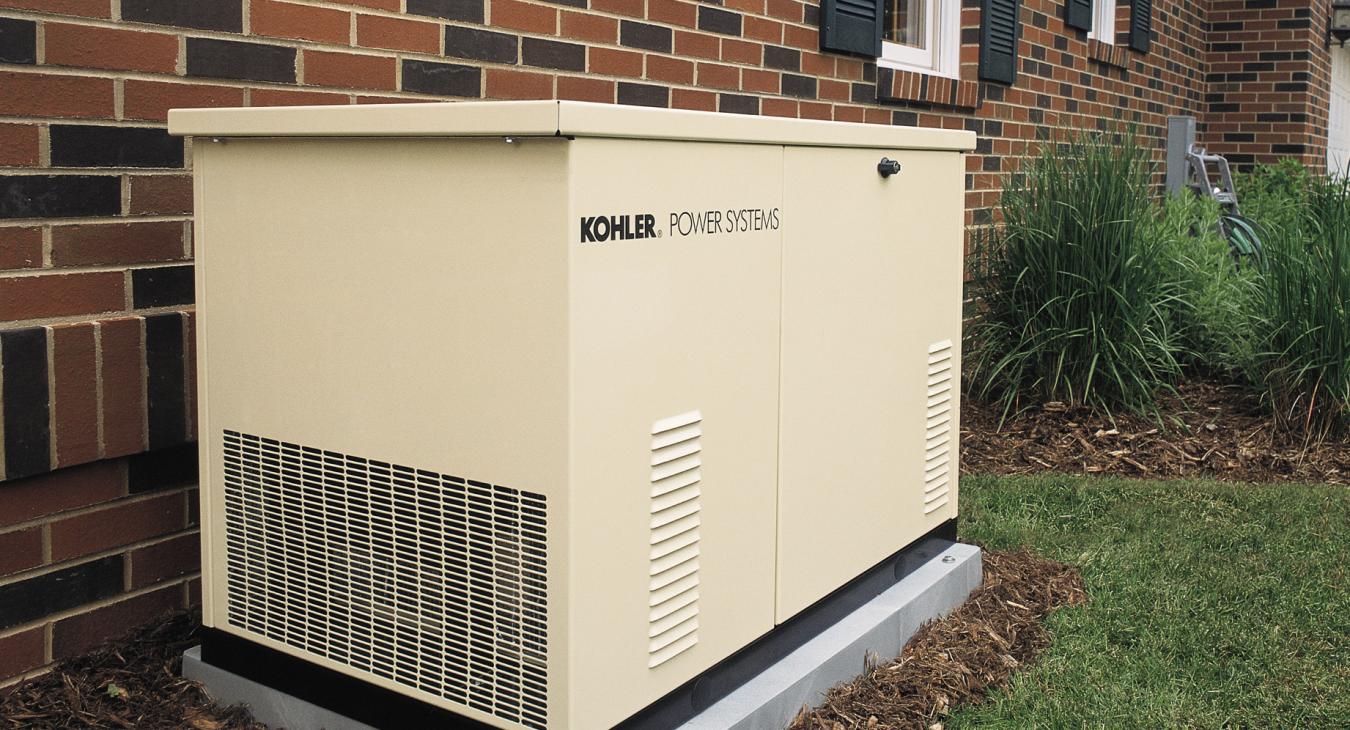The wind howls outside your windows as a major storm system blows through the area in the late evening. Your lights flicker for a moment or two before you’re plunged into darkness. The social media feed on your phone is packed with reports of damage and power outages, and the storm shows no sign of letting up for hours.
Fortunately, you had the foresight to buy a backup generator big enough to handle your refrigerator, freezer and other key needs. Flashlight in hand, you attach extension cords. Within minutes, you hear the quiet humming that tells you they’re working again.
Nebraska’s public power districts and electric cooperatives understand power outages are a major inconvenience, and we do our best to prevent them. But when severe weather rolls through, outages can sometimes stretch into several hours or even days after a major storm. Lineworkers may have to check many miles of power lines to pinpoint the problems before they can begin their work to restore service. That’s why many rural electric utility consumers consider buying backup generators to provide for their family’s needs while waiting for service to resume.
Backup generators fall into one of two categories. Standby generators are permanently wired into the home’s electrical system by a qualified electrician. They come in a variety of sizes, so homeowners can match the generator to their home’s power needs. Portable generators, as the name implies, can be moved to wherever they are needed. Because they’re small enough to move, they generally provide less power than standby models. Most use gasoline or diesel fuel, and when they’re operated correctly, both types provide a safe source of backup power.
Some homeowners make the mistake of plugging their backup generators directly into a wall outlet or connect them to their home’s electrical panel. Beyond the significant risk of electrocution and fire that can create, plugging generators directly into your outlets can send the voltage your generator creates into the power lines connecting your home to the electric grid. That creates a dangerous condition called “backfeed,” which can seriously injure the lineworkers who are working so hard to restore your electricity, as well as anyone who accidentally comes in contact with power lines. Backfeed can also damage the generator.
That’s why permanently installed backup generators are required to have what’s known as a transfer switch, which should be installed by a qualified electrician. The transfer switch creates a barrier between your home’s electrical system and the outside wires, so backfeed cannot occur. When the transfer switch senses that power has been restored, it switches the power from the generator back to the outside lines.
The biggest danger associated with backup generators is one that’s both invisible and deadly. Because backup generators burn fossil fuels, they generate a variety of gases, most notably carbon monoxide. According to the Consumer Product Safety Commission, one portable generator can produce as much CO as hundreds of cars. The agency reports that nearly 100 Americans lose their lives each year because of CO poisoning from backup generators. That’s why generators should only be used in dry, well-ventilated areas away from your home and garage.
CO gas is not only invisible, but it’s also odorless. The National Institutes of Health warns that CO has the potential to kill in as little as five minutes. People exposed to CO typically become dizzy, feel nauseated and experience headaches. Often, they lose consciousness before noticing any symptoms. Anyone exposed to CO should be moved to fresh air immediately.
If you purchase a portable backup generator, protect your home and family by taking the time to read the manufacturer’s instructions. Don’t use portable generators in rainy or wet conditions unless you keep them shielded from moisture and well-ventilated.
When starting a portable generator, make sure nothing is plugged into it. In addition, you can reduce the potential for damage to your appliances and lighting by turning them off or unplugging them from the wall. After the generator starts, plug them in and turn them on one at a time to make sure you aren’t overloading your generator’s capacity. Unplug them from the generator before turning it off. Unless the manufacturer recommends otherwise, always turn the generator off and allow it to cool before adding fuel.
Finally, as with many home appliances, regular maintenance is the key to ensuring your portable generator operates safely for years to come. When storing it, drain the fuel from the tank. In addition, check the oil and fuel level, filters and other components once a season so you know it will be ready to run safely and efficiently the next time a big storm blows through.
Backup Generators Can Save Lives

